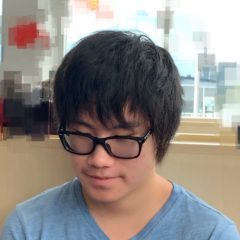Next Tuesday I’ll start going to high school since last school year was my last year of elementary school. I’ve already received my courses for the first semester and have also already been inside the school, so I’ll be writing about how I feel about what school will be like.
First period is orchestral strings which I’m pretty happy with since I already have some music experience, but I want to learn how to play an actual orchestral string instrument. I think that being able to play an actual stringed instrument would help when I write for strings, and especially how I write out articulation.
My next period is geography, which is also the class that has the most people that I know from my previous school in it. In elementary school our geography teacher didn’t really do the best job of teaching us, but from what my brother’s friends tell me; what you learned in elementary school shouldn’t really matter.
Third period math is probably the one I’m the most worried about for my first semester because from what my brother’s friends say; depending on the teacher you get you might get a lot of homework. They also say that math gets a lot more difficult, and papers take up a lot of space in your bag. Additionally, I’m pretty sure that there’s nobody from my old school that’s also in my class.
Last period is Healthy Active Living Education which is pretty much gym period. I’m really glad that I have this as my last period because I know some of my friends got it as their first period. Since I have it at the end of the day, as soon as class ends I can go home and take a shower or whatever.
Generally, I’m not too worried about making new friends since almost all my friends are going to the same school, and I also am friends with most of my brother’s friends. However, in classes or clubs that I don’t know anybody in, I’ll still try to talk to some new people.
Overall, I’m not too worried about high school and the courses I have for my first semester aren’t too bad. I think the hardest part will be getting good grades and having an efficient way to do work and get around the school.
